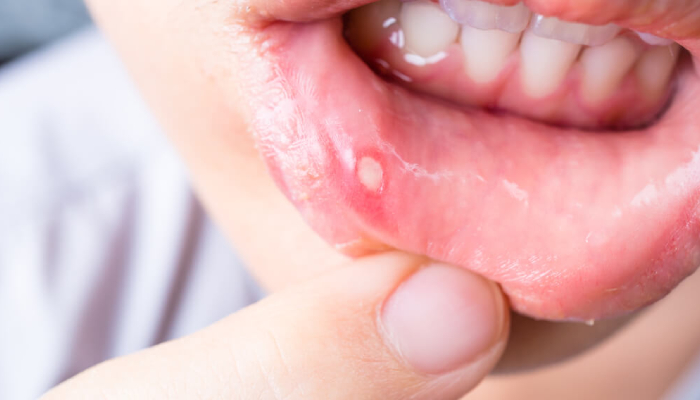Bacterial and viral infection symptoms

All about viral infections
January 6, 2020
All you need to know about Coronavirus and COVID-19
January 10, 2020Bubonic plagues and smallpox to the recent COVID-19, bacterial and viral infections are one of the major causes for the epidemic outbreaks in the history of humankind. The ongoing pandemic, COVID 19, is one of the most contagious outbreaks that have brought the entire world to a standstill. Though 80% of the infected persons recover this infectious disease, older adults and people, who are chronic heart or diabetic patients are susceptible to some severe complications. Countries and medical organizations are working on various ways to contain the spread of COVID 19.
Whether it is the COVID 19 causing coronavirus or plague causing Yersinia pestis bacteria, microbial infections more or less show similar symptoms, but respond to the medications differently. The article takes you through various bacterial and viral infection symptoms and their associated treatments.
Read More About : Bacterial, Viral Infection And Its Types
Bacterial and viral infections
Spread and infections
Both the viral and bacterial infections caused by virus and bacteria, respectively, have similarities not only in symptom but also in the ways it spreads. Following are the significant ways that cause the spread of these infections:
- Contact with surfaces like contaminated food or water
- Contact with infected people who cough or sneezes
- Physical contacts with infected persons
- Contact with infected live stocks, pets, or insects
The infections caused by these microbes can cause acute infections, that are short-lived, chronic infections that last for months or a lifetime and Latent infections, the ones that become active after an initial show of dormant symptoms. Though the similarities in the symptoms are profound with both the microbes, the way they respond to the medications and the structural differences are entirely dissimilar.

Symptoms
Less than 1% of bacteria causes infection among people. A majority of bacteria helps in digesting food, providing essential nutrients and helps in fighting cancer by destroying disease-causing microbes. Whereas a virus is very unlike bacteria, a majority of viruses cause diseases by attacking specific systems like respiratory system, blood or organ cells.
Fever, inflammations, diarrhoea, vomiting fatigue, coughing, and sneezing are some of the significant symptoms of both the bacterial as well as viral infections. These are the ways how the immune system tries to remove the microbes from the body. If the conditions prevail for a long time, it is advisable to consult a doctor because both the germs cause certain severe diseases like pneumonia and meningitis.
Doctors can determine the causes by checking your medical history and by conducting a physical examination. If the initial diagnosis doesn’t help, the doctor may even suggest a blood test or a urine test to confirm diseases. Complicated infections may require a “culture test” or biopsy to determine the conditions.
Treatment
Antibiotics treat bacterial infections, which are considered breakthroughs in the history of medicines. But the overuse of the antibiotics has made the microbes resistant to it. The viral infection symptoms are more challenging to treat as the microbe is very tiny, and they tend to multiply inside cells. Hence, studies and researches to develop vaccines were prevalent since the early twentieth century. Severe infections like polio, smallpox, and measles have been wiped out with the use of vaccines. Antiviral medications for diseases like HIV/AIDS and influenza are available now.




